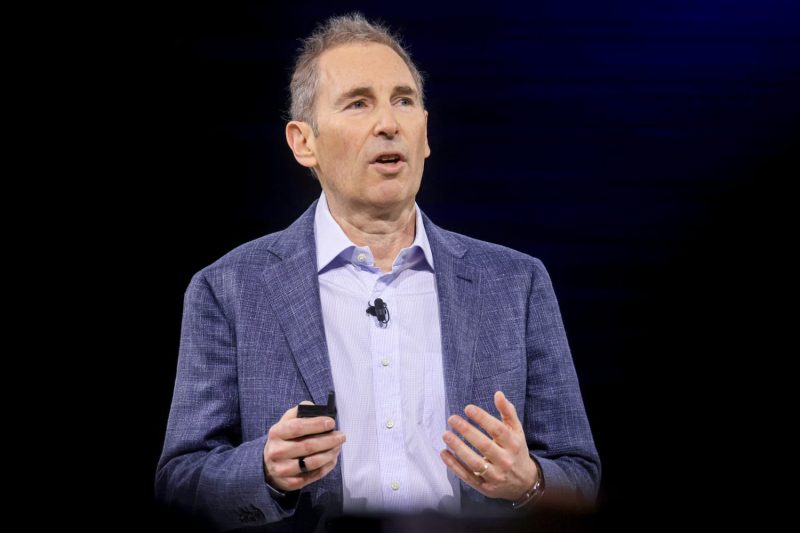Credit Risk Analyst: Key Responsibilities and Skills

Credit Risk Analyst: Key Responsibilities and Skills
In the financial industry, credit risk analysts i.e. financial risk analysts play one of the key roles. And their primary role, you guessed, is to assess the risks of lending money to businesses and individuals. Also, they estimate financial statements to better grasp the borrowers’ financial health.
Other similar roles are credit risk manager, financial manager, and financial analyst.
Credit risk analysts and credit risk managers work hand in hand to make informed lending decisions. Analysts have similar roles.
Their task is determining and evaluating market risk to protect the organization’s interests. Every skilled risk professional has a deep understanding of the market combined with analytical skills. In the lines below, we explore a credit risk analyst’s key responsibilities and essential skills.
What is a credit risk analyst?
A banking credit and risk analyst is a professional in the banking industry who analyzes the risks associated with loans and other financial products. Banking credit and risk analysts study financial and historical information of loan applicants and stakeholders, assess risks and opportunities, and determine the type and level of loan to be granted.
What are credit risk analyst’s main missions?
The credit, risk and commitment analyst is one of the opportunities for training in banking and finance professions.
This position encompasses several responsibilities, each as important as the other. This professional’s mission is to analyze credit applications and determine the solvency of applicants.
Risk assessment and the performance of forecast studies are among his/her responsibilities. Writing summary notes, monitoring problematic files or preparing credit files are missions assigned to the credit, risk and commitment analyst.
they also responsible for granting or not a loan, according to his/her economic and sectoral analyses, as well as his/her study on repayment capacity.
In addition to initial credit analysis, credit and risk analysts are also responsible for monitoring existing loans.
They monitor borrowers’ performance, identify signs of financial deterioration, and take appropriate action to minimize potential losses.
This may involve renegotiating loan terms, recovering outstanding debts, or initiating recovery actions. If you are interested in banking and finance and enjoy the risk analysis side of things, perhaps you might also be interested in becoming an insurance advisor, bank advisor, or even an accountant.
Main qualities
Several qualities are required for a credit, risk and commitment analyst. Solid knowledge of economics, law and accounting is essential.
Training in a Master’s degree in Banking and Business Relations allows you to acquire these theoretical skills. Excellent foundations in IT and taxation are also essential. This job requires curiosity, a spirit of synthesis and a strong capacity for analysis.
A good general culture and mastery of the English language, are essential in view of the internationalization of collaborations. Rigor is a highly appreciated quality insofar as this position comes with many responsibilities. Writing skills, a sense of contact and negotiation are other assets.
How to become a credit risk analyst
The credit, risk and commitment analyst has followed an academic course in a business school. The Master’s in Banking and Corporate Relations is accessible through work-study to acquire all the necessary theoretical and practical skills.
Training courses leading to careers in banking and finance provide access to this profession. However, it is necessary to join the bank branch as a salesperson, account manager or other position, allowing you to become familiar with the general internal policy and the workings of the profession.
Generally, this position also allows you to benefit from an internal promotion to progress to branch management or corporate customer management. This career development is obviously accompanied by more motivating salaries, with other responsibilities to assume.
Credit analysts’ job prospects
In terms of job prospects, demand for credit and risk analysts is generally strong in the financial sector. Banks and financial institutions need skilled professionals to assess and manage the risks associated with their lending operations. Career opportunities may include positions as a credit manager, risk department manager, or risk management consultant.
What does a credit analyst do on a daily basis?
So what do credit analysts do? The credit analyst manages loan applications and related missions. Their skills lead them to perform several tasks:
Ensure the applicant’s solvency. Analyze loan applications before approval or refusal. Develop the repayment strategy. Write summary notes for their superiors. Carry out economic and sector studies. Undertake the preparation of credit applications.The credit analyst generally works within a financial structure, such as a banking institution or a credit organization. They may have a client portfolio made up of individuals or professionals. They may deal with consumer credit, real estate loans or the granting of subsidies.
Credit risk analyst salary
A credit analyst earns between €2,500 and €6,300 gross per month. As a junior credit analyst, the salary starts between €26,000 and €30,000 gross per year. Experience and status within the hierarchy have a significant impact on remuneration. Thus, the salary of a senior credit analyst can reach more than €70,000 gross per year.
What makes the job of a bank credit and risk analyst unique?
The unique aspect of bank credit and risk analysis is that the job involves predicting the financial future of an individual or business based on a number of factors, ranging from their financial history to the current state of the economy.
The post Credit Risk Analyst: Key Responsibilities and Skills appeared first on FinanceBrokerage.




